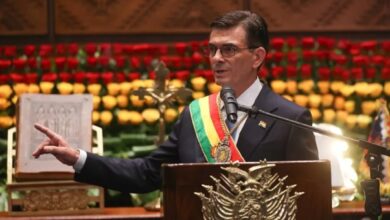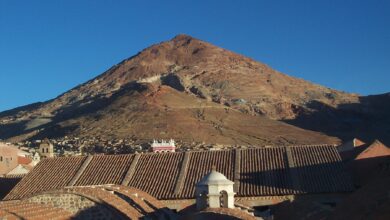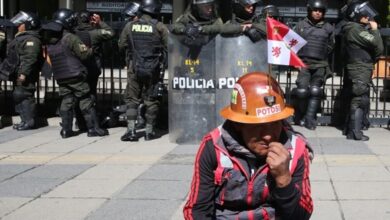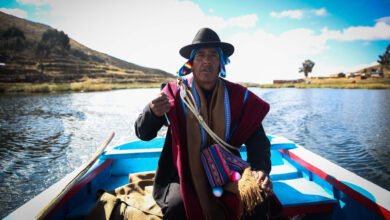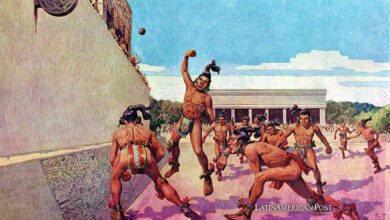Bolivia’s 1997 Copa América Near-Miss: A Soccer Legacy Remembered
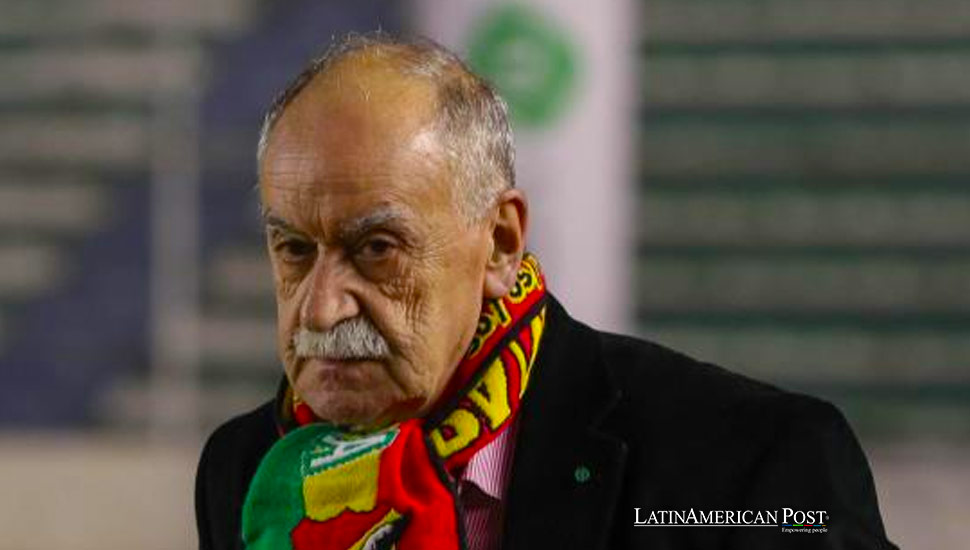
Bolivia’s almost perfect 1997 Copa América run, ending in a loss to Brazil, remains a cherished memory for ex-player Luis Héctor Cristaldo. As Bolivia faces new challenges, the golden days of Bolivian soccer are a poignant reminder of what could have been.
Twenty-seven years have passed since Bolivia’s almost perfect campaign in the 1997 Copa América, which the country hosted. According to former World Cup player Luis Héctor Cristaldo, the title, which went to Brazil, should have been Bolivia’s.
Cristaldo recently gathered in La Paz with some of his former teammates to remember the 30th anniversary of Bolivia’s debut in the 1994 World Cup in the United States. That team, led by Spanish coach Xabier Azkargorta, narrowly lost to Germany. With some changes and under the direction of another Spanish coach, Antonio López, the same squad attempted to replicate the success of Bolivia’s 1963 championship in the then South American Championship but had to settle for second place.
Reflecting on the Glory Days
“The last time we did something significant in the Copa América was in ’97,” Cristaldo told Agencia EFE in La Paz. “We deserved to be champions, any way you look at it,” he insisted.
Bolivia’s journey to the final was a testament to their skill and determination. Coached by Mario Zagallo, Brazil was a formidable opponent. However, Bolivia’s performance was nothing short of exceptional. They secured five victories, including a perfect group stage where they beat Venezuela 1-0, Peru 2-0, and Uruguay 1-0. In the quarterfinals, they triumphed over Colombia 2-1, and in the semifinals, they defeated Mexico 3-1. Despite their best efforts, they stumbled at the last hurdle and lost the title after a 1-3 defeat to Brazil in the final.
Cristaldo lamented that nothing went right for them on that Sunday, June 29, 1997. “Everything went wrong that day. All we have left is remembering that final where we deserved to be champions,” he said.
The former player recalled that Bolivia suffered the last-minute absence of international midfielder Ramiro Castillo, a vital piece of the team. On the day of the final, Castillo’s eldest son, aged 7, was urgently hospitalized with hepatitis and died the next day. The blow was so hard that Castillo never recovered and, after nearly four months, took his own life.
Bolivia’s Cinderella Story
Bolivia’s next decent campaign in the Copa América was in 2015, with a win, a draw, and a loss, though they fell in the quarterfinals 1-3 to Peru. Cristaldo questioned why, for over 20 years, the national team hasn’t been “playing well,” and he considered that Bolivia would “participate” but not “compete” in the upcoming Copa América in the United States.
The former defender, who played for Sporting de Gijón between 1998 and 1999, noted that it’s “nice to remember” Bolivia’s only World Cup qualification on merit, something that will “always remain in the people’s memory.” “Unfortunately, our soccer is not going through a good moment. Bolivia has a lot of talent, but there is no work to develop these players,” he observed.
For Cristaldo, the players “arrive with what they have and compete with what they can, and against teams from other countries, that’s not enough.” He emphasized that Bolivia must “work at the same level as them to be able to compete.” “What we are experiencing today, unfortunately, is defeat after defeat without playing well and being the Cinderella of South American soccer,” he lamented.
The Long Road Ahead
He recalled that to reach the 1994 World Cup team, he went through the youth divisions from U-13 to U-20 and played in the qualifiers for the 1990 World Cup. “With nearly 50 international matches under my belt, I played in the 1993 qualifiers, and most of us who formed that team arrived with a lot of international experience,” he said.
In his view, “today, unfortunately, it’s not the same” because while the players “have a lot of talent,” their “international exposure is inferior.” During the 1990s, Bolivia established itself as a force to be reckoned with in South American soccer, especially after their memorable participation in the 1994 World Cup in the United States, where they faced teams like Germany. That generation of players, led by Xabier Azkargorta, marked a milestone in Bolivian soccer history, but since then, the country has struggled to maintain that level of competitiveness.
Soccer in Latin America has always been more than a sport; it’s a passion, a way of life, and often a source of national identity. For countries like Bolivia, victories on the soccer field are moments of glory that unite the nation and provide a respite from daily struggles. Bolivia’s performance in the 1997 Copa América was one of those moments of hope and pride, although the powerful Brazilian team ultimately dashed the dream.
Cristaldo also emphasized the importance of investing in developing young talent and providing them with the necessary opportunities and support to thrive in international soccer. He highlighted the lack of necessary structures to train and compete at the highest level in Bolivia. This lack of infrastructure and support is a common challenge in many Latin American countries, where economic and organizational limitations often hamper soccer potential. By addressing these challenges, Bolivia can unlock its soccer potential and compete at the highest level.
Also read: Latin American Soccer Stars Absent from Upcoming Copa America
The legacy of the 1997 Copa América remains a reference point for Bolivian soccer. The players of that era, like Cristaldo, continue to be influential figures, and their experiences and advice are valuable to the new generations. The tournament marked a turning point in Bolivian soccer, showcasing the country’s potential on the international stage. ‘We need to learn from our past and work together to improve the future of soccer in Bolivia,’ Cristaldo concluded. Meanwhile, Bolivian fans eagerly await the day when their team will again shine on the international stage and reclaim the glory that was once so close.

